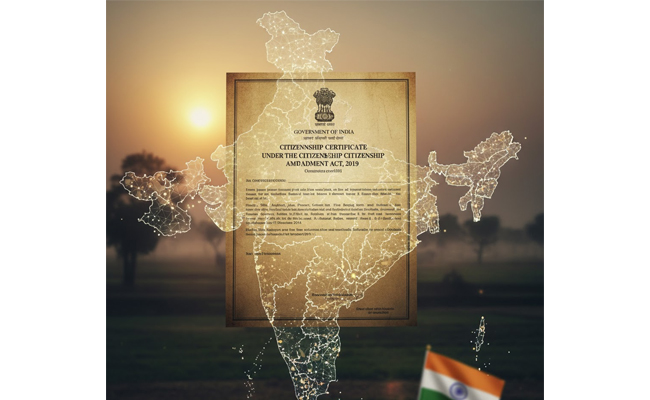New Delhi (PTI): The government will extend a one-time grant of Rs 22,000 crore to three state-owned fuel retailers to cover for the losses they incurred on selling domestic cooking gas LPG below cost in the last two years, I&B Minister Anurag Thakur said on Wednesday.
The Union Cabinet headed by Prime Minister Narendra Modi at a meeting on Wednesday, approved the one-time grant to three oil marketing companies - Indian Oil Corporation (IOC), Bharat Petroleum Corporation Ltd (BPCL) and Hindustan Petroleum Corporation Ltd (HPCL), Thakur told a news briefing.
The grant will be for covering the losses they incurred on selling LPG below cost to consumers from June 2020 to June 2022.
The three firms sell domestic LPG at government-regulated prices to consumers.
Between June 2020 to June 2022, the international prices of LPG soared by around 300 per cent.
However, to insulate consumers from fluctuations in international LPG prices, the cost increase was not fully passed on to consumers of domestic LPG, an official statement said.
Accordingly, domestic LPG prices have risen by only 72 per cent during this period, it said adding this led to significant losses for the three firms.
"Despite these losses, the three PSU OMCs have ensured continuous supplies of this essential cooking fuel in the country. The government has therefore decided to give a one-time grant to the three PSU OMCs for these losses in domestic LPG," it said.
The Union Cabinet approved a one-time grant amounting to Rs 22,000 crore to the three oil marketing companies (OMCs).
"This decision will help the PSU OMCs to continue their commitment to the Atmanirbhar Bharat Abhiyaan, ensuring unhindered domestic LPG supplies and also supporting the procurement of Make in India products."
Let the Truth be known. If you read VB and like VB, please be a VB Supporter and Help us deliver the Truth to one and all.
Dehradun(PTI): After undergoing rigorous training at the Indian Military Academy (IMA) in Dehradun, 491 cadets participated in a grand Passing Out Parade on Saturday and will now be commissioned as officers in the Indian Army.
The spectacular parade, held at the historic Drill Square in front of the academy's Chatwood Building, was reviewed by Army Chief General Upendra Dwivedi, who served as the reviewing officer.
Along with 491 Indian cadets, 34 foreign cadets from 14 friendly countries also participated in the Autumn Term 2025 Passing Out Parade.
A total of 525 officer cadets from the 157th Regular Course, 46th Technical Entry Scheme, 140th Technical Graduate Course, 55th Special Commissioned Officers Course, and Territorial Army Online Entrance Exam 2023 Course participated in the Passing Out Parade.
The 'Sword of Honour' and gold medal for securing first place during training was awarded to ACA Nishkal Dwivedi, the silver medal to BUO Badal Yadav for second place, and the bronze medal to SUO Kamaljeet Singh for third place.
The silver medal for securing first place in the 'Technical Graduate Course' was awarded to Officer Cadet Jadhav Sujit Sampat, and the silver medal for first place in the 'Technical Entry Scheme-46' was awarded to WCC Abhinav Mehrotra.
The silver medal for the 'Special Commission Officer Course' was given to Officer Cadet Sunil Kumar Chhetri.
Among the foreign cadets, the first place in merit was secured by JUO Mohammad Safin Ashraf from Bangladesh. The Army Chief's Banner for overall best performance in the Autumn Term was awarded to Imphal Company.
As the parade concluded, helicopters showered flowers on the newly commissioned officers from the sky.
On this occasion, General Dwivedi congratulated the new officers in his address for successfully completing their training. He praised the young officers for their high level of discipline, leadership qualities, and endurance, and urged them to uphold the glorious traditions of the Indian Army and serve the nation with loyalty, commitment, and honour.
General Dwivedi said that joining the army marks the beginning of a lifelong duty and selfless service.
The parents and guardians of the newly commissioned officers were also present during the passing out parade.





